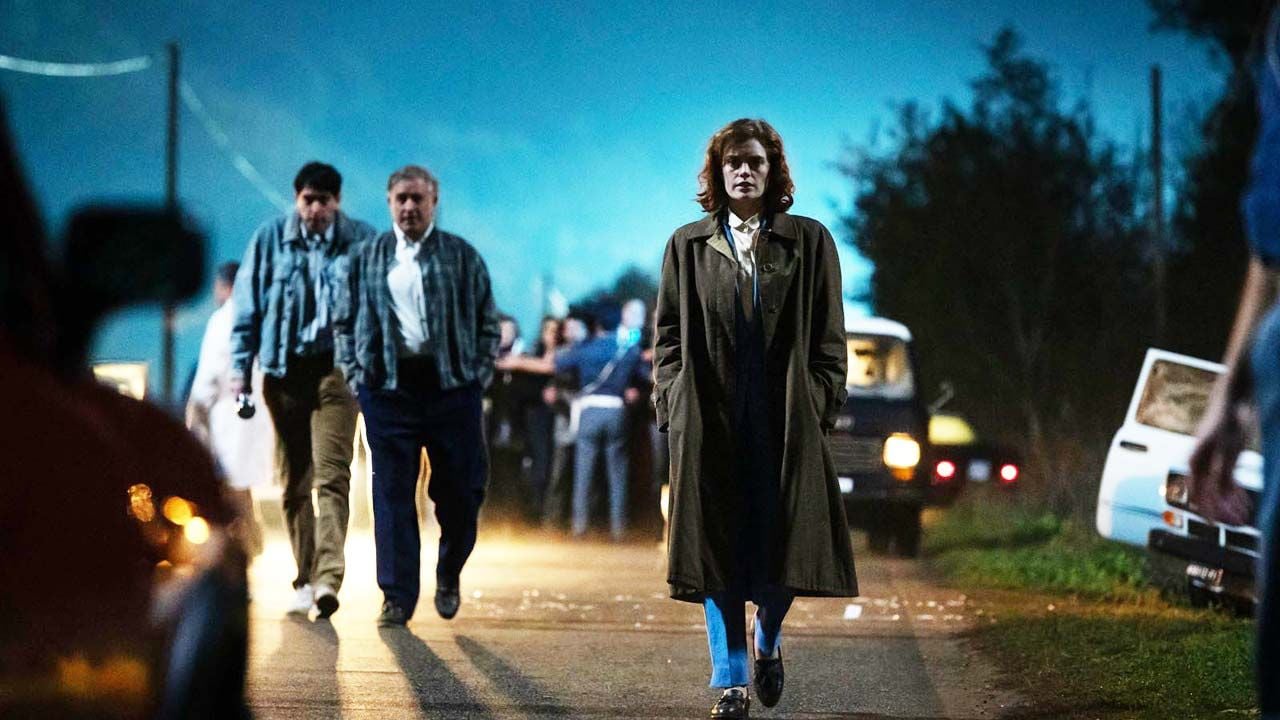A former member of a French resistance group, Edmond Réveil, 98, says he has revealed details of the execution of Nazi soldiers so their families know where their bodies are.
Excavations will soon begin with the aim of finding the bodies of up to 40 German soldiers executed by the French Resistance in June 1944.
The plan came after a former Resistance fighter recently broke eight decades of silence to reveal how German soldiers were killed in a forest near Meymac in central France.
Edmond Réveil, 98, is the last survivor of the local unit of the resistance group FTP (Francs et Tireurs Partisans) and personally witnessed the mass execution at a place called Le Vert.
In recorded testimony, Réveil described how his detachment of 30 fighters was escorting Nazi prisoners when the order came to kill them.
The detachment commander, whose code name was Hannibal, “cried like a child when he received the order,” recalls Réveil.
“But there was discipline in the Resistance.”
“He asked for volunteers to carry out the order. Every fighter had someone to kill. But some of us – and I was one of them – said we weren’t going to take part in that.”
“It was a terribly hot day. We made them dig the grave ourselves. They were killed and we threw lime on them. I remember it smelled of blood. We never spoke of it again.”
Réveil, whose wartime code name was Papillon (Butterfly), kept the secret for 75 years, even from his family.
Then, out of the blue, in 2019, he stood up at the end of a local National Veterans Association meeting and announced he had something to say.
Meymac mayor Philippe Brugere told the BBC it was as if a weight had been lifted from Réveil’s mind.
“Over the years, he’s had many opportunities to tell the story, and he never has. But he was the last witness [sobrevivente]. It was a burden to him. He knew that if he didn’t talk, no one would ever know.”
Before local authorities could take further action, however, the covid-19 pandemic arrived.
Only a few weeks ago the case was reopened and the news appeared in the local newspaper La Montagne on Tuesday (May 16).
French and German historians have confirmed the consistency of the events described by Réveil.
Shortly after D-Day, which took place on 6 June 1944, Resistance fighters organized a kind of revolt in Tulle, the capital of the Corrèze department, during which between 50 and 60 Nazi soldiers were arrested.
But on June 9, the Germans retaliated by publicly hanging 99 hostages.
“Against Violence”
Not far away, on June 10, the Nazi division SS Das Reich massacred 643 people in the village of Oradour-sur-Glane.
Réveil had participated in the revolt of Tulle and later joined the escort group heading east.
“None of the Resistance groups wanted anything [com os prisioneiros]. We didn’t know what to do with them,” she recalled.
At some point, some of the prisoners—those who came from countries like Poland and Czechoslovakia—were separated from the rest. So about 50 of them who arrived at Meymac on June 12th.
“If a prisoner wanted to pee, we had to be watched by two of us. We had nothing planned in the way of food. We were under orders from an Allied command center in Saint-Fréjoux, and it was they who gave the order to kill him.” . They.”
Among the prisoners was a French woman who had collaborated with the Gestapo (Nazi secret police). None of the Resistance fighters wanted to shoot her, so they cast lots to decide who would, and she was killed.
In the coming weeks, officials from the German War Graves Commission (VDK) are expected to travel to Meymac. Their first task will be to use ground-penetrating radar to pinpoint the exact location of the wells.
Local historians have claimed that 11 German bodies were exhumed by Le Vert in 1967, but excavation stalled and no records were kept of exactly where this occurred. Since the case is very sensitive and, at that point, only 23 years had passed since the execution of the Nazi soldiers, the operation was shrouded in secrecy.
However, a resident of the area who was a child in 1967 recalls seeing the excavations and gave a rough indication of where the graves of about 40 soldiers might be.
Réveil, who later became a railway worker, is “a bit overwhelmed by the demand from the media,” Brugère said.
“He is a very kind gentleman. He was against violence and, in the Resistance, he never fired a shot”.
“All he wants now is for the dead soldiers to be remembered and for their families to be told where their bodies are. And for perhaps a small memorial to be erected at the site.”
Source: Terra
Rose James is a Gossipify movie and series reviewer known for her in-depth analysis and unique perspective on the latest releases. With a background in film studies, she provides engaging and informative reviews, and keeps readers up to date with industry trends and emerging talents.






